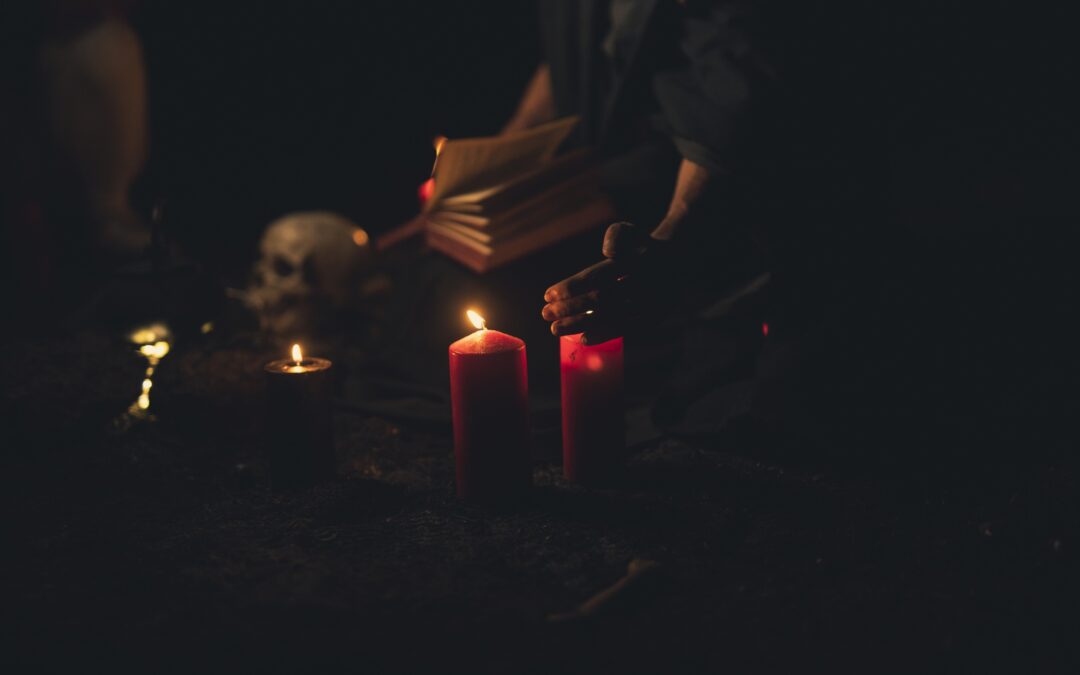Voodoo is a spiritual practice that has been around for thousands of years and brings together many people from the African diaspora. Some facts that people who don’t practice this type of spirituality might not know. For example, there is much more to it than the misunderstood exercises with dolls and witchcraft.
Voodoo is a mix of different practices.
It is a spiritual expression that brings together indigenous African people. It is a mix of traditional religion, animism, and spiritism.
Dual voodoo worlds
In this view, the visible and the unseen are interconnected in some way. The afterlife is spent in a blind world, with the help of our forefathers and mothers.
Dead-to-live conversations
Through rituals involving prayer, creature self-denial, drumming, and dancing, Iwa and other spirits, both large and small, are communicated with. They turn to them for guidance, gain insight, and develop a deeper spiritual bond.
Where voodoo is practiced
The areas of Eastern Africa, Haiti, and Louisiana where the religion is most prevalent are also the locations where descendants of enslaved Africans may be found today; these include Dominican Republic.
Voodoo: What it means
Its fundamental tenets include service in society and the promotion of health. These concepts are fundamental to religious belief. It allowed Africans who had been taken from their homes and sold as property the resilience to survive despite the hardships they faced on their journeys.
The role of Voodoo in sparking Haiti’s liberation movement
Voodoo priest was the incendiary of the Haitian Turn of 1791. He predicted that certain laborers named by him would lead a resistance activity that would liberate others. The further slave uprising was often attributed to this event.
Eliminate Voodoo as much as you can.
A ban on African religions in French possessions was enacted in 1685. During the first eight days following their arrival, labor was required to be transformed to Christianity, and many of them were baptized as a result. The faith, regardless, did not perish; rather, it only morphed into the Catholicism that was afterward embraced.
The origins of the term “Voodoo.”
The term “Voodoo” originates with the Fon people of south Benin in West Africa. The term refers to a “spiritual being.”
The absence of persecution
People have sought to put an end to voodoo by destroying temples, coercing adherents to convert to Christianity, and even physically assaulting clergy. The Formation of Haiti in 1987 guaranteed their safety in the country.
Widely-held fallacy
The belief that a voodoo doll may be used to curse someone has spread thanks to Hollywood and other forms of mainstream civilization. This doll is associated with the African folk magic known as hoodoo. In general, they aren’t utilized by religious individuals since they have nothing to do with their faith.
Protect and aid
There are voodoo night guards known as Zangbeto in Benin and Togo. They wear haystack-like clothing and wander the streets. Prior to the facility of formal law enforcement, they were the only enforcers of law and order.
A lot of similarities to Christianity
At first glance, a religion based on spiritual possession, potions, and worshipping ancestors doesn’t seem to have much in common with Christianity. But there are also a bunch of similarities. For example, many Christian practices, beliefs, and figures have been added to Louisiana and Haitian voodoo. Voodoo is all about the spirits, and many of the most important ones have Christian equivalents.
Aida Wedo looked like Mary when she was young and pure, and Legba, the guardian gatekeeper, looks like St. Peter in reverse. In voodoo, vital spirits that people connect with are called loa (or lwa). In some places, these loa and their families can be contacted by the names of the Catholic saints they represent. In West African voodoo, the idea that only one god is in charge is very Christian.
Read Also: Love Spell To Attract Someone To You Deeply In 7 Days
Acceptance By The Catholic Church
There are so many similarities between voodoo and Christianity that there is no bad blood between the two, and in many places, they live together peacefully. Once upon a time, baptized people who participated in voodoo ceremonies could expect punishment from the church. Now, priests from both sides are working together to bring peace and prosperity to Africa, where voodoo was born.
Pope John Paul II has talked about how much he respects people who practice voodoo. He has said that their practices, teachings, and beliefs have a “fundamental goodness” to them. He even went to a voodoo ceremony in 1993, which helped make it easier for these two seemingly different religions to live together peacefully.
Voodoo Dolls
Voodoo dolls are much more complicated than most people think. A voodoo doll doesn’t stand for a person because what happens to the beauty doesn’t happen to the person. Instead, a doll is only connected to a person by a picture or something close to them, like a lock of hair.
Most dolls have other things added to them, depending on what they are meant to do. Garlic, flower petals, perfumes, or even money can be put on the doll, but not as a direct message to the person. Instead, it is a way to ask the spirits to listen to the beauty and the people’s wishes. There are many ways to use a voodoo doll, most of which are good. The voodoo doll is not evil or dark on its own, but the person who uses it can make it so. This is true of many religious and secular symbols.


